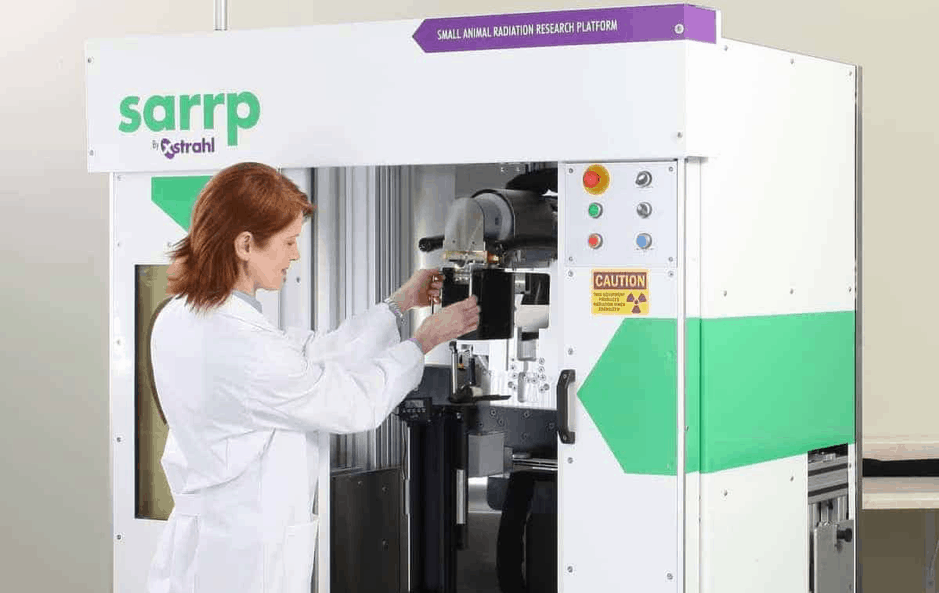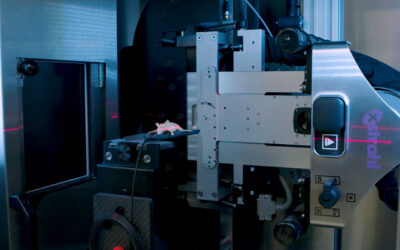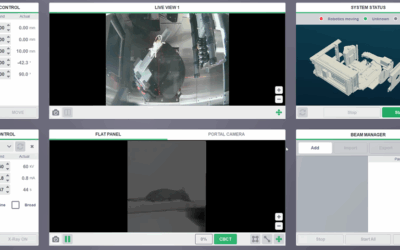
Translational research aims to provide direct support for advancing novel treatment approaches in oncology towards improving patient outcomes. Preclinical studies have a central role in this process and the ability to accurately model biological and physical aspects of the clinical scenario in radiation oncology is critical to translational success. The use of small animal irradiators with disease relevant mouse models and advanced in vivo imaging approaches offers unique possibilities to interrogate the radiotherapy response of tumors and normal tissues with high potential to translate to improvements in clinical outcomes.
in their paper “Integrating Small Animal Irradiators with Functional Imaging for Advanced Preclinical Radiotherapy Research” Mihaela Ghita, Kathryn H. Brown, Olivia J. Kelada, Edward E. Graves & Karl T. Butterworth aim to present review highlights the current technology and applications of small animal irradiators, and explores how these can be combined with molecular and functional imaging in advanced preclinical radiotherapy research.
This Xstrahl In Action was adapted from an article found on a National Library of Medicine website.
SPOTLIGHT: Behind the Beam: Tips, Tricks, and Translational Research from the Karolinska Institutet X-ray Irradiation Core Facility
Access the highly anticipated Xstrahl SPOTLIGHT Session, "Behind the Beam: Tips, Tricks, and Translational Research from the Karolinska Institutet X-ray Irradiation Core Facility," on demand now. This essential recording is a must-watch for radiation researchers and...







